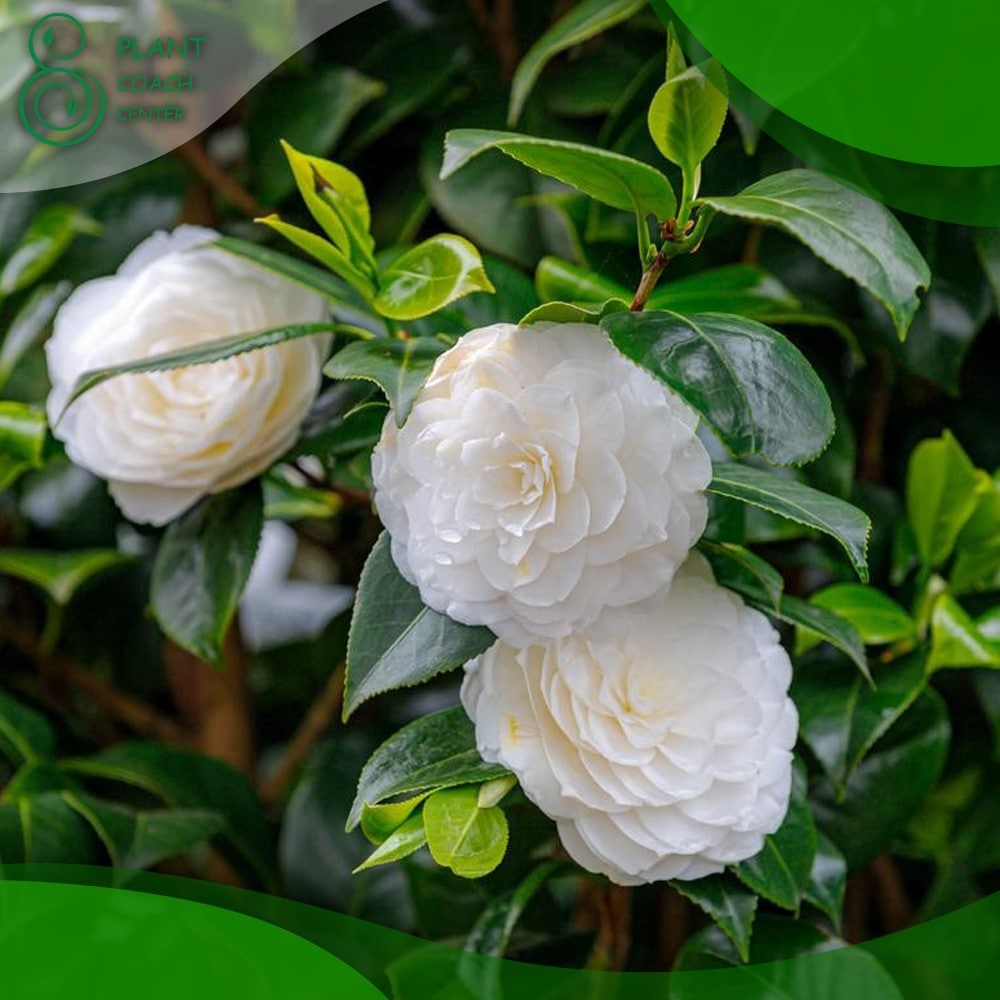When Do You Prune Camellias
Step into a garden adorned with blooming camellias, their alluring fragrance enchanting the air. Unveil the art of camellia pruning, a journey that enhances their splendor and endurance. This comprehensive guide delves into the intricacies of when and how to prune camellias, offering insights to cultivate a vibrant and thriving garden.
Explore the delicate balance of timing and techniques, as we empower you with wisdom to sculpt your garden into a canvas of visual delight. Join us on this odyssey of growth, where each snip of the shears breathes life into these botanical treasures. Let your garden flourish with the captivating beauty of well-pruned camellias.
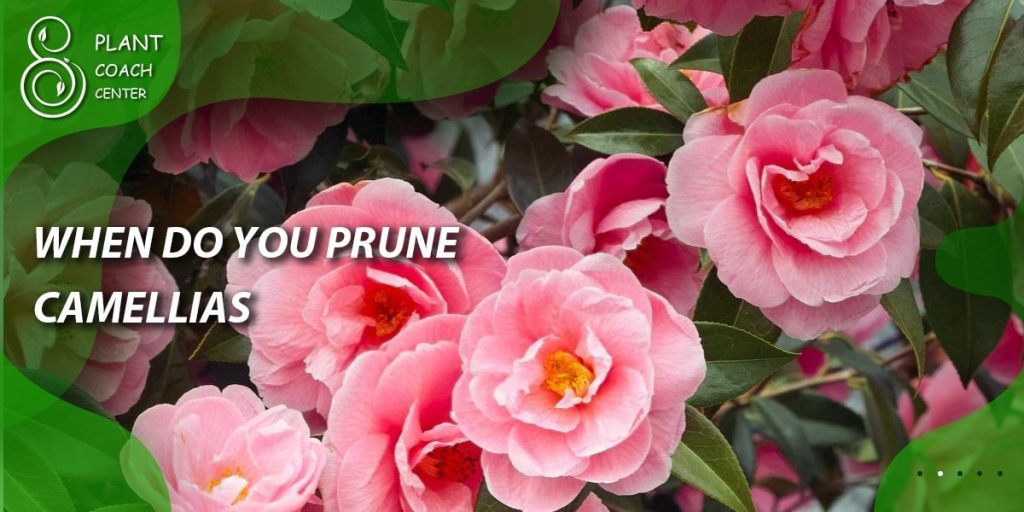
Camellias: Nature’s Artistry in Bloom
Before we immerse ourselves in the nuances of pruning, let’s take a moment to appreciate the sheer elegance of camellias.
These evergreen marvels come in a variety of species and cultivars, each boasting its own distinctive blooms. From the opulent Camellia japonica to the delicate Camellia sasanqua, these plants paint nature’s canvas with a spectrum of colors. Pruning camellias is not just about aesthetics; it’s about nurturing their health, encouraging new growth, and enabling them to showcase their inherent charm.
Pruning: The Essence of Camellia Care
Think of pruning as an intimate conversation between you and your camellias—a dialogue where you shape their form and encourage their vibrancy.
Much like a sculptor chisels away at stone to reveal a masterpiece, pruning helps you sculpt your camellias into living works of art. Beyond its visual impact, pruning plays a pivotal role in maintaining plant health and vigor. It’s a symbiotic relationship where your efforts result in a garden that’s both visually enchanting and ecologically balanced.

Understanding the Pruning Calendar
Pruning is a delicate dance where timing is everything. To ensure your camellias thrive, it’s essential to prune at the right moments, guided by the plant’s natural growth cycles.
Post-Bloom Pruning: Maximizing Blooming Potential
As the last petal falls from a camellia’s blossom, it signals the beginning of a new chapter—post-bloom pruning. This phase usually occurs in late spring or early summer, depending on your region.
Post-bloom pruning involves removing spent flowers and any unruly branches. By doing so, you redirect the plant’s energy towards new growth and ensure that future blooms are as vibrant as possible.
Winter Pruning: Nurturing During Dormancy
The arrival of winter doesn’t signal a pause in your gardening endeavors; rather, it opens the door to winter pruning. During the late winter or early spring, while camellias are dormant, it’s the ideal time to trim away dead or diseased wood. With the foliage gone, you have a clear view of the plant’s structure, allowing you to shape it and create a framework for future growth.
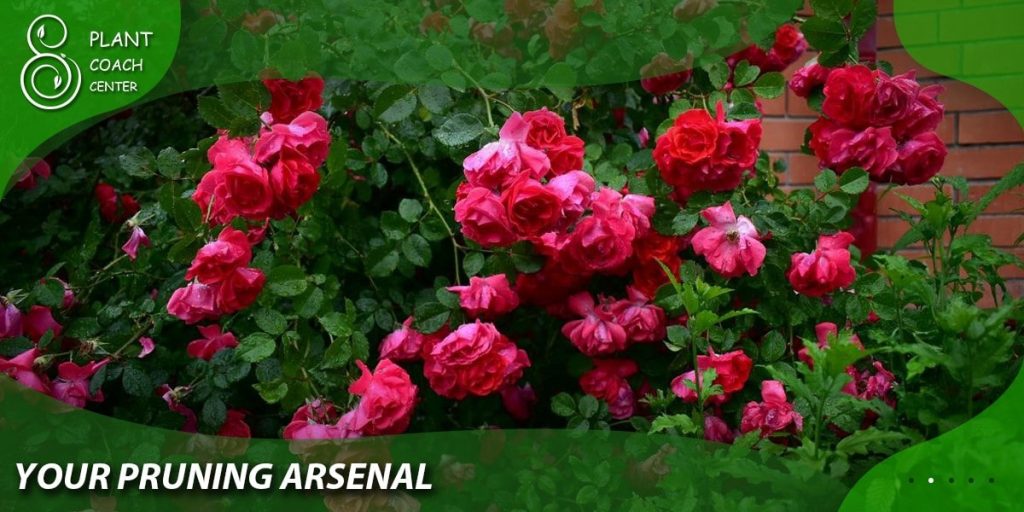
Tools of the Trade: Your Pruning Arsenal
Pruning, often seen as a chore, can be transformed into an art of precision and creativity with the right tools by your side. Just as a painter’s brush is an extension of their creativity, your pruning arsenal becomes an extension of your gardening prowess.
Hand Pruners (Secateurs): Precision in Your Palm
Think of hand pruners as your artist’s brush, allowing you to delicately craft the form of your camellias. Opt for bypass pruners, resembling a surgical instrument, designed to deliver clean cuts that minimize damage to the plant. Ideal for fine branches, spent blooms, and intricate shaping, these pruners bring finesse to your pruning performance.
Loppers: Cutting Through Challenges
Encounter a slightly thicker branch? Loppers step in as your versatile sculpting tools. With their elongated handles, they offer enhanced leverage, allowing you to effortlessly tackle wood up to two inches in diameter. It’s like upgrading your brush to a palette knife for more substantial strokes of artistic precision.
Pruning Saw: For Heavier Cuts
Imagine your camellia as a masterpiece, and the pruning saw as your chisel for intricate details. When faced with branches beyond the reach of loppers, this tool proves invaluable.
Its sharp teeth and sturdy blade slice through thicker branches like a maestro’s baton, ensuring each cut is clean, accurate, and in harmony with the plant’s growth.
Safety Gear: Protecting Your Pruning Experience
While crafting your garden symphony, remember that safety is your conductor’s baton. Envelop yourself in the gardener’s armor: sturdy gloves shield your hands, protective eyewear guards your vision, and appropriate footwear provides the stability needed to navigate your garden stage confidently.
With this array of tools, you transform into the master conductor of your camellia’s growth, orchestrating each cut with finesse, precision, and a touch of artistic flair. As you wield these tools, remember that every snip is a brushstroke that shapes the masterpiece that is your garden.
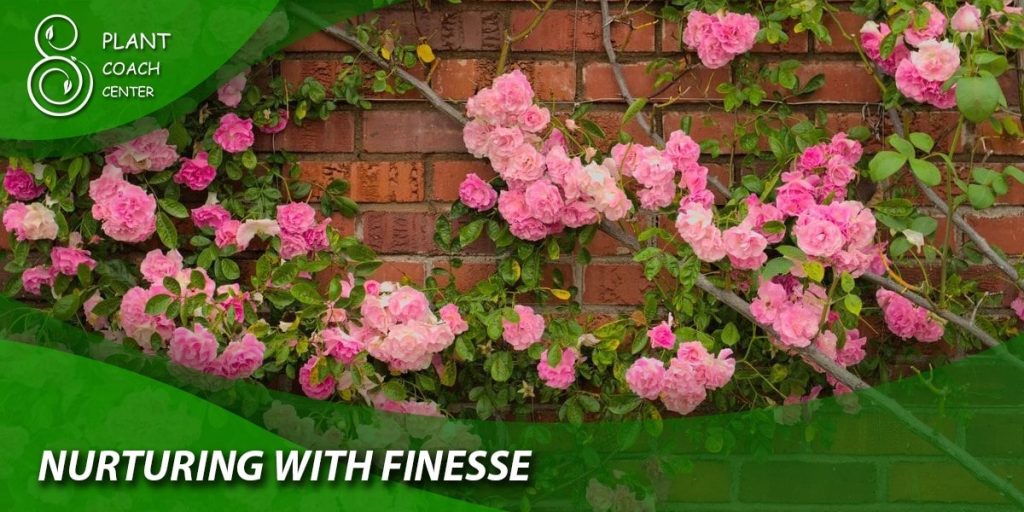
Pruning Techniques: Nurturing with Finesse
Much like an artist honing their brushstrokes, mastering pruning techniques requires a blend of practice, patience, and a deep understanding of the medium you’re working with—your camellias.
Shape and Structure: Guiding Growth with Precision
Think of your camellia as a living sculpture waiting to be revealed. Begin your pruning journey by carefully assessing its natural form. Are there branches that seem tangled or compete for space?
Your goal is to act as both sculptor and conductor, shaping an open structure that allows each branch to bask in sunlight and breathe in fresh air. By removing crossing or rubbing branches, you set the stage for a harmonious and balanced plant.
Deadheading: Inviting Fresh Blooms
In the same way an artist wipes their palette clean to mix new colors, your camellia benefits from a refresh. Deadheading, like changing the canvas, involves removing spent flowers at their base.
This simple act redirects the plant’s energy from seed production to nurturing new buds. The result? A continuous cycle of blooms, as if your camellia is eternally reinventing itself, showering your garden with a shower of new blossoms.
Renewal Pruning: Breathing New Life
Renewal pruning is the technique that breathes new life into older or neglected camellias, like a restorative touch to an aged masterpiece. Imagine trimming away the faded edges of a painting to reveal its vibrant core.
Over a span of several years, carefully select one-third of the oldest branches and trim them at ground level. This pruning rejuvenates your camellia from its base, encouraging fresh, vigorous growth. It’s a gradual transformation, much like restoring an old portrait to its former glory.
As you embark on these pruning techniques, remember that you’re not merely trimming a shrub; you’re sculpting, refreshing, and renewing a living work of art that will continue to captivate and inspire with each passing season.
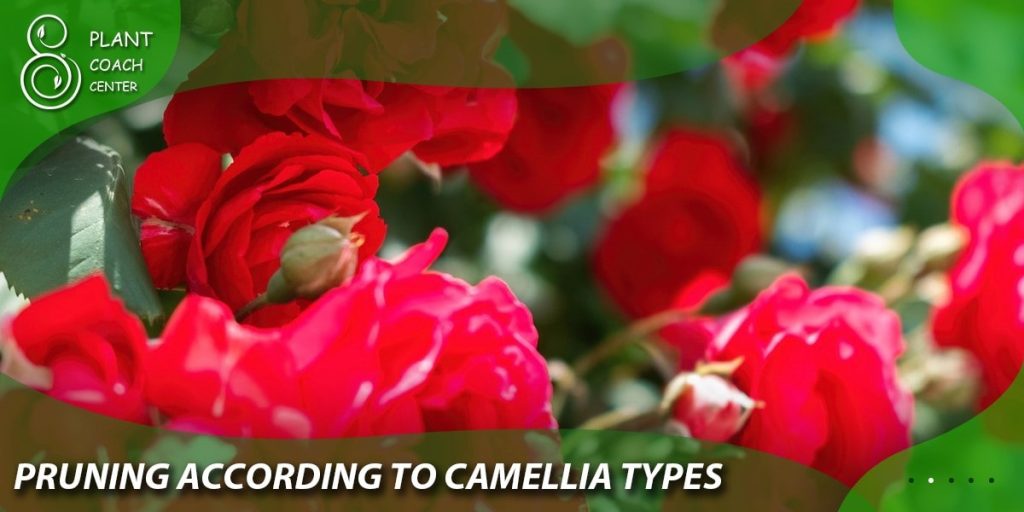
Pruning According to Camellia Types
Just as different artistic mediums demand varied techniques, different camellia varieties require specific pruning approaches to bring out their unique beauty.
Camellia Japonica: Elevating Elegance
Imagine a grand ballroom adorned with intricate chandeliers and opulent décor—that’s the elegance of Camellia japonica. These majestic shrubs, known for their larger and lush blooms, deserve special attention. To maintain their regal allure, engage in a two-step pruning dance.
After the blooming spectacle, delicately trim away faded flowers, much like removing the final strokes from a masterpiece to unveil its magnificence. This post-bloom pruning not only keeps your camellia looking its best but also encourages a fresh wave of growth.
As winter’s chill begins to retreat and spring whispers its arrival, take to your camellia once more. This time, focus on removing any branches that are lifeless, crossing, or in any way hindering its natural grace. The result? A canvas of rejuvenated elegance, ready to make a bold statement in your garden.
Camellia Sasanqua: The Autumn Star
Now, picture a garden awash in the warm hues of autumn. Here, Camellia sasanqua takes the stage, its blooms shimmering like stars against the autumn sky. As the curtain falls on its floral performance, it’s your cue to step in. Post-bloom pruning becomes a pivotal act in nurturing this autumnal star.
Snip away the spent flowers, much like sweeping away fallen leaves from a work of art. This practice not only tidies up the stage but also encourages your camellia to channel its energy into new growth, preparing for its encore next season. With each careful snip, you’re ensuring that your Camellia sasanqua remains a shining star in your garden’s masterpiece.
In the world of camellias, each variety is a unique brushstroke on the canvas of your garden. By understanding the distinct needs of Camellia japonica and Camellia sasanqua, you’re not only nurturing their individual beauty but also contributing to the vibrant tapestry of your outdoor sanctuary.

Conclusion:
As you step back and admire your freshly pruned camellias, you’ll find yourself immersed in the splendor of your gardening prowess. Pruning camellias is more than just an act; it’s a journey of nurturing, a symphony of creativity that ensures your garden blooms with vitality and charm.
With the knowledge of optimal timing, the mastery of pruning techniques, and the right tools in your hands, you’re poised to unveil the true potential of these botanical treasures. Your garden will flourish with camellias that not only captivate the eye but also enrich the soul.
Can I prune camellias in the summer?
Summer is not the ideal time for pruning camellias, as it can affect the next season's blooms. Stick to post-bloom and winter pruning.
Will pruning encourage more camellia blooms?
Yes, pruning helps redirect energy for new growth and blooms, leading to a more vibrant display.
How much of the plant should I prune?
Aim to remove about one-third of the plant's growth during renewal pruning to stimulate fresh growth.
Can I prune diseased branches at any time?
It's best to prune diseased branches promptly regardless of the season to prevent the spread of infections.
Are there any camellia varieties that don't require pruning?
While some camellias require less pruning than others, regular maintenance pruning is beneficial for all varieties.
What if I accidentally prune too much?
Camellias are resilient. If you've pruned excessively, provide extra care, including watering and fertilization, to support recovery.


